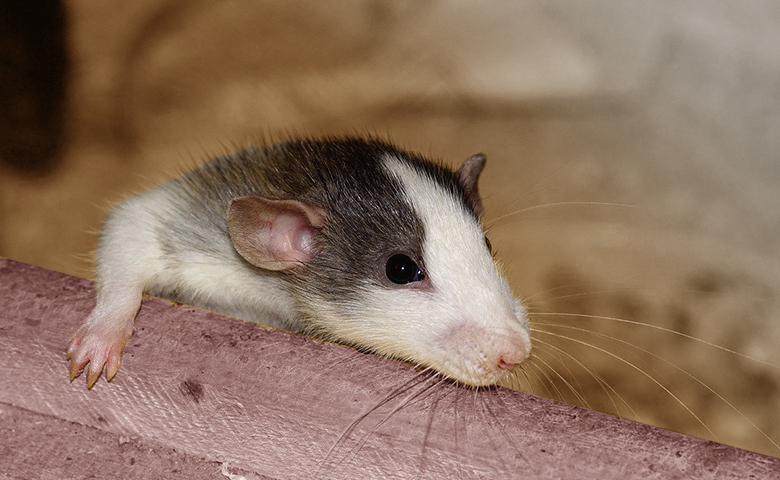As crazy as this question may seem, using animals as a unit of measurement for energy isn't actually that weird an idea. We can thank James Watt and the invention of "horsepower" for that. Horsepower was conceived in the 18th century, and was originally designed to compare the power of steam engines with the power of draft horses. One horsepower is equal to about 745 watts. (Incidentally, that's enough to power 8.3 incandescent 90 watt light bulbs.) Horsepower is a (somewhat) reasonable unit because horses have traditionally been used to provide pulling power. But what about other animals? To find out, we had to get a little creative.
Basal metabolic rate
An organism's metabolic rate is the amount of energy needed per second to keep that organism alive. For humans, this is about 2,000 calories per day, or about 90 watts. This means that a human's metabolism could power one 90 watt lightbulb.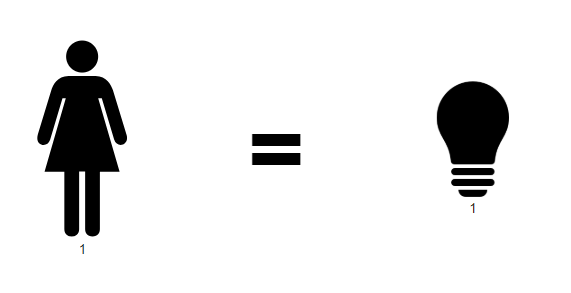
An animal's basal (resting) metabolic rate differs depending on the size of the animal. A rat's basal metabolic rate is about 1.5 watts. From this, we can figure out how many rats are equivalent to one 90 watt lightbulb.
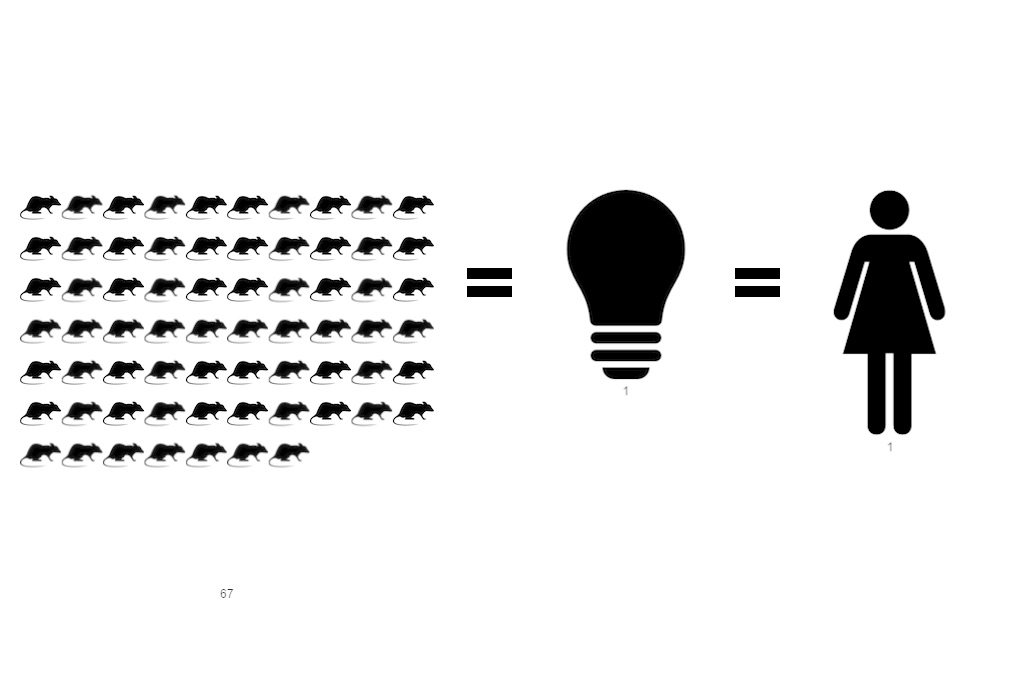
If you're good at math, you would have already worked this out. It takes the combined metabolisms of 67 rats to power one 90 watt light bulb! No doubt once this knowledge becomes widespread, RatLightsTM will take over the lighting industry. Finally, a convenient source of renewable energy. Take that, solar power!
But if it takes 67 rats to power a lightbulb and only one human to power the same lightbulb, what other creatures can we use? An average rat weighs between 0.3 and 0.5 kg. An average adult human, on the other hand, weighs anywhere from 55 to 80 kg. How many light bulbs could we power with an animal that weighs, say, ten times more?
Cowpower

Here we encounter an interesting feature of metabolic rates: they don't scale in a linear relationship with body size. An average adult cow weighs 750 kg - roughly ten times as much as an average adult human - but a cow can't power ten times as many light bulbs as a human. A cow's basal metabolic rate is about 400 watts. Rather than the 10 light bulbs we'd expect if metabolic rate scaled perfectly with weight, we can only power 4.4 light bulbs with poor old Bessie. Given how impractical it would be to keep a cow in your living room to power your lights, I'm not sure the extra 3.4 light bulbs is worth it. We'll have to think bigger.
Whalepower
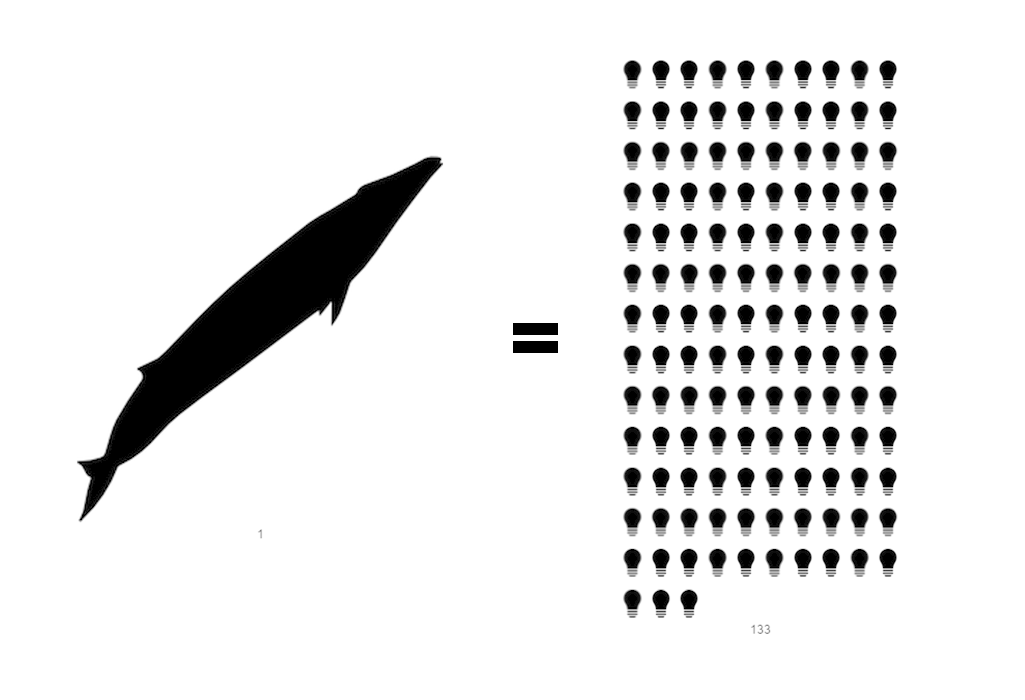
Now we're talking! The blue whale, the largest animal in the world at over 150 metric tonnes, has a metabolic rate of 12,000 watts! This equates to a staggering 133 light bulbs! Forget about RatPower - the true energy of the future is clearly WhalePowerTM. The power of only one blue whale can provide light for you and both your neighbors! It's OK, you can thank me later.
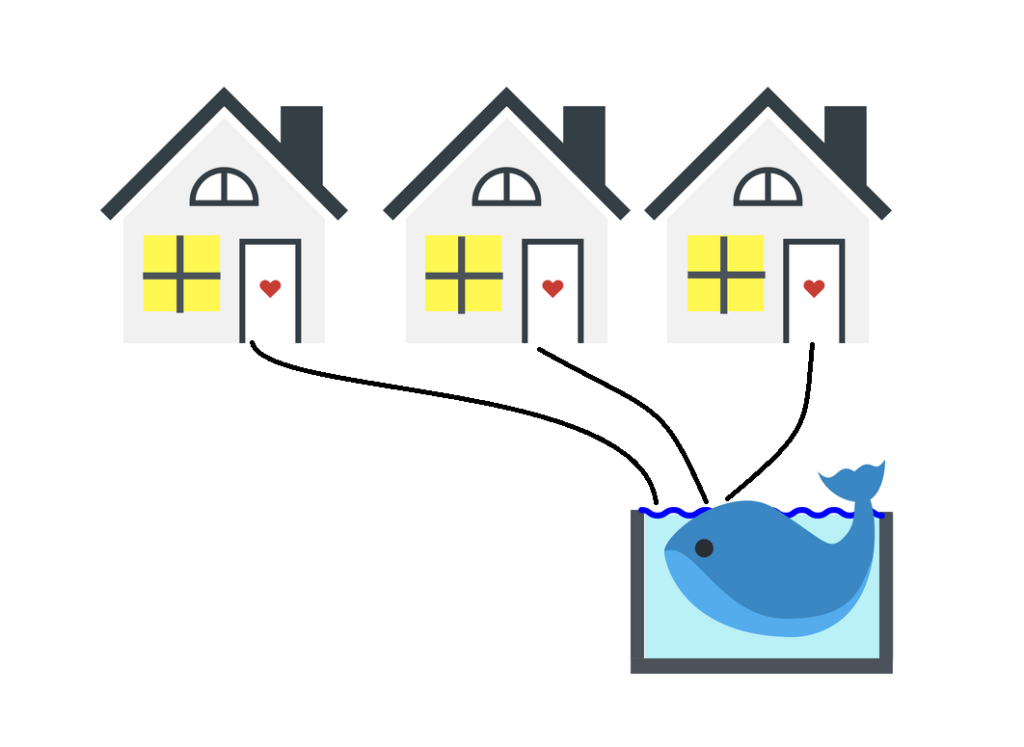
Whalepower (artist's impression).
This piece is inspired by Scale, by Geoffrey West.
All the pictographs in this post were created in Displayr. You can learn how to make your own here, or check out more of our Data Stories!

